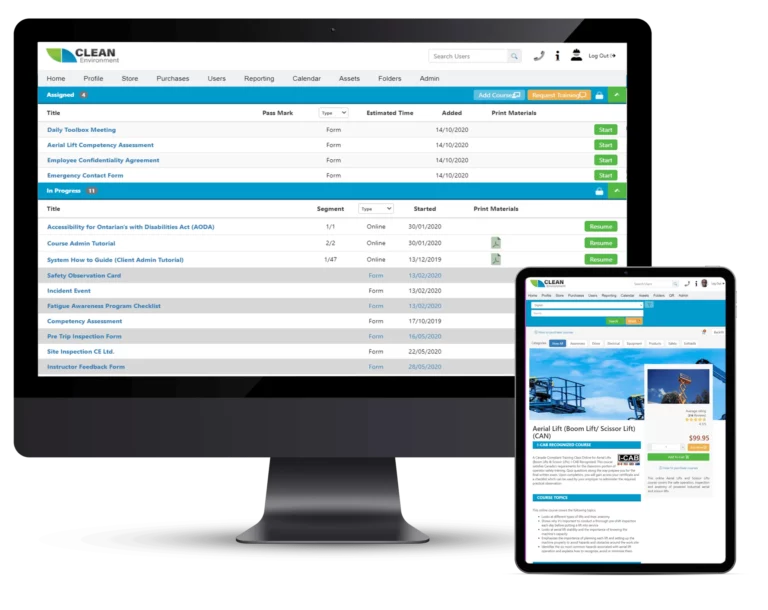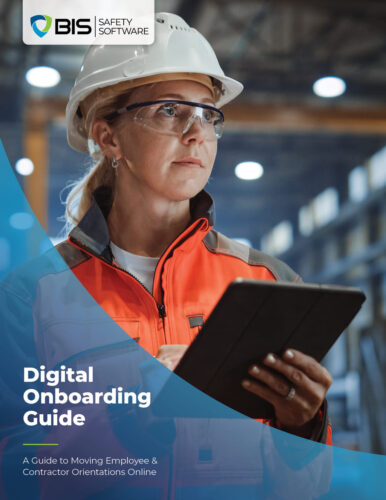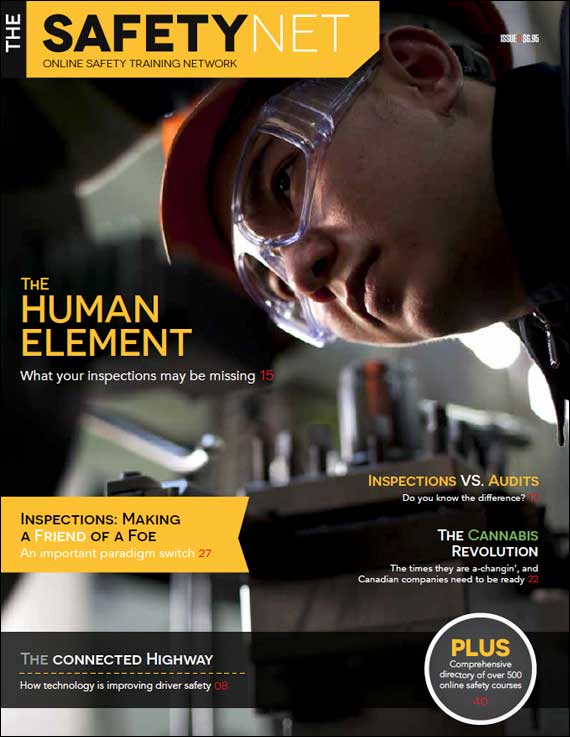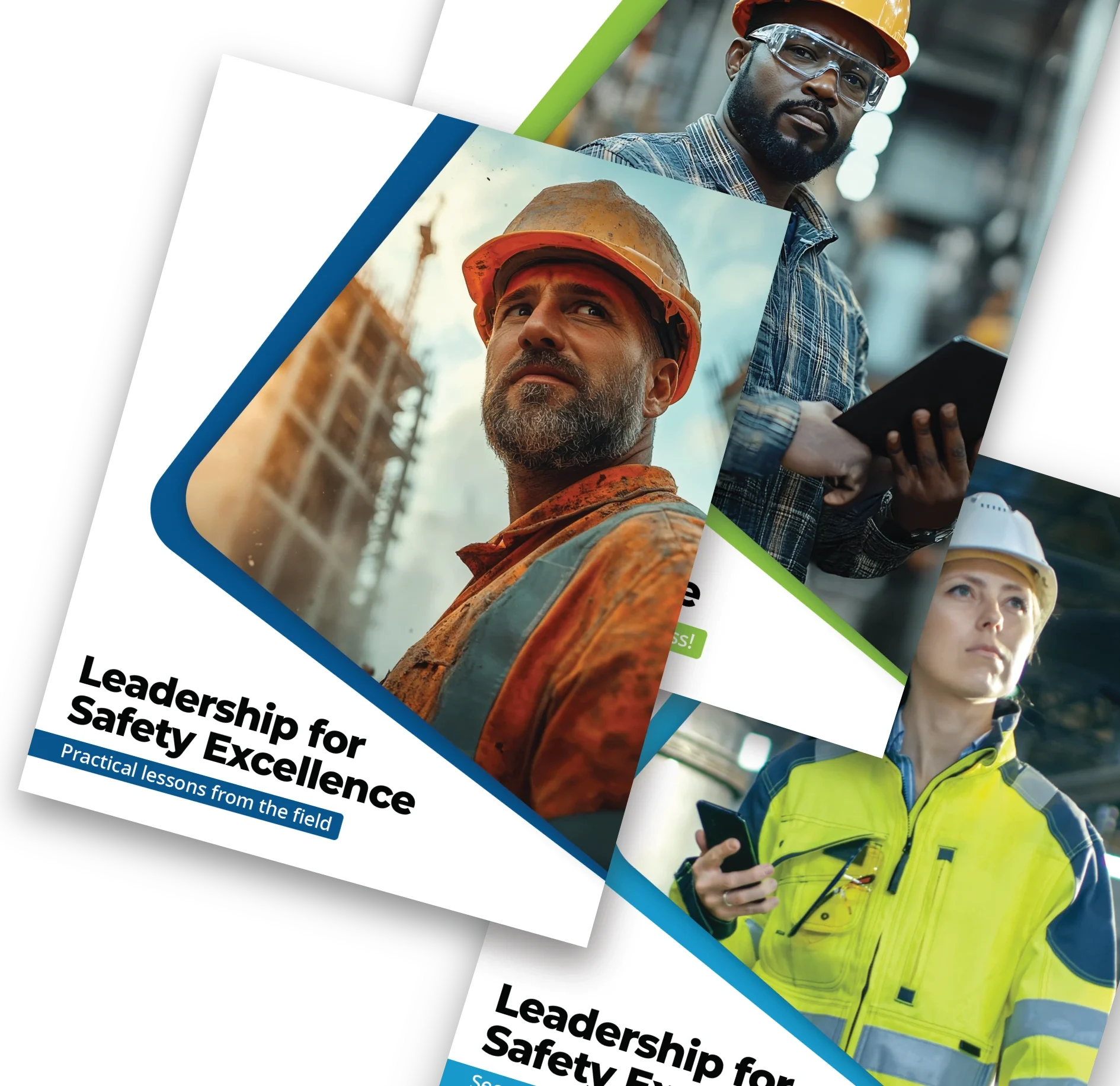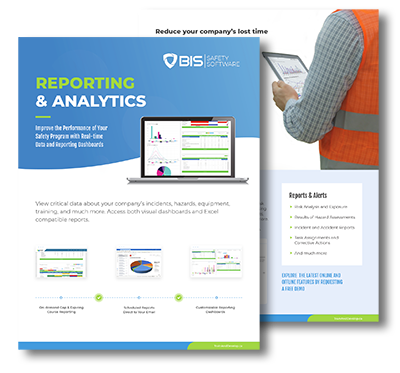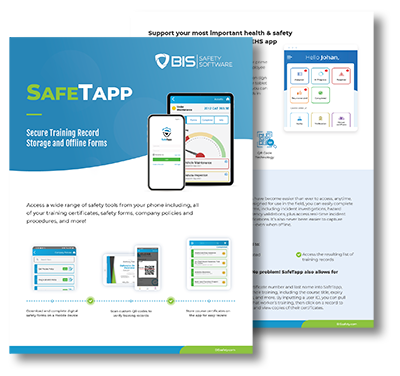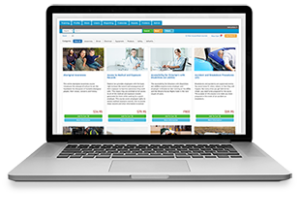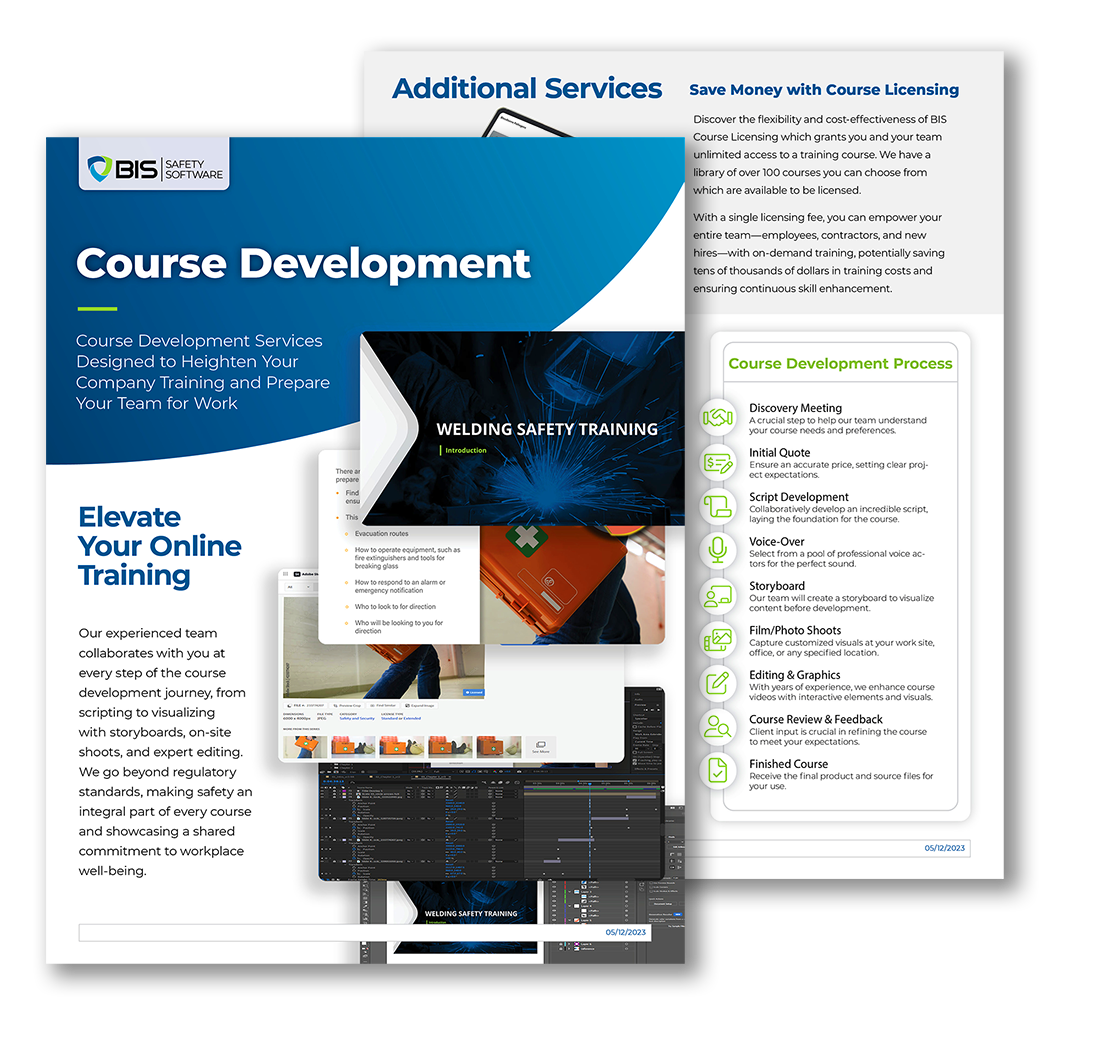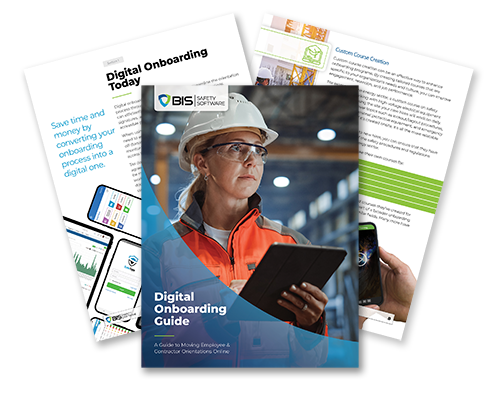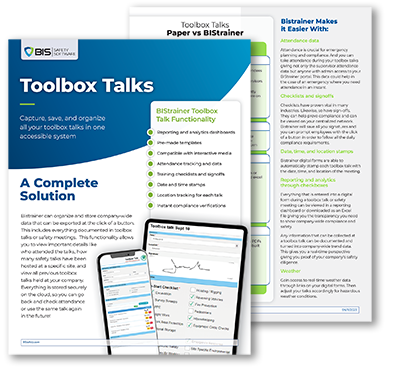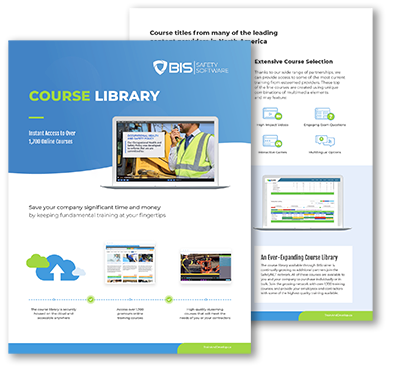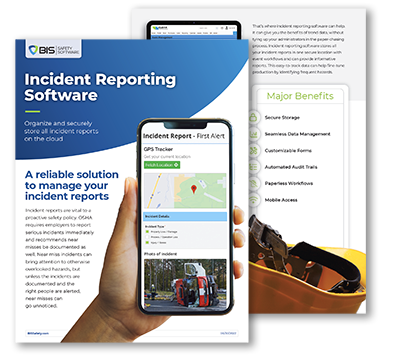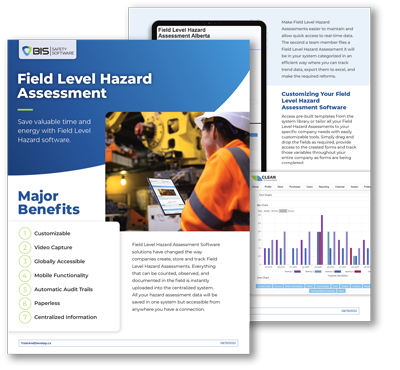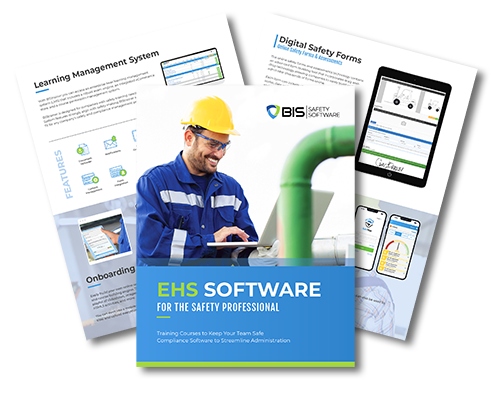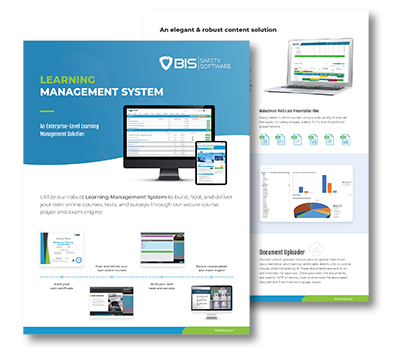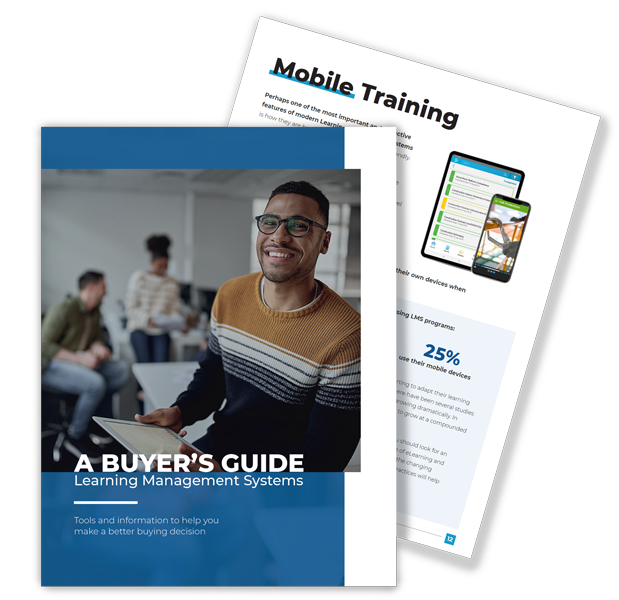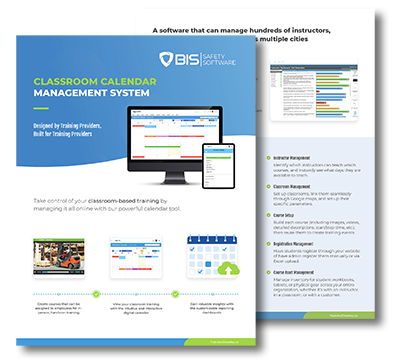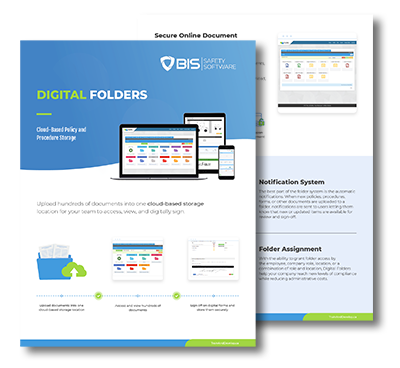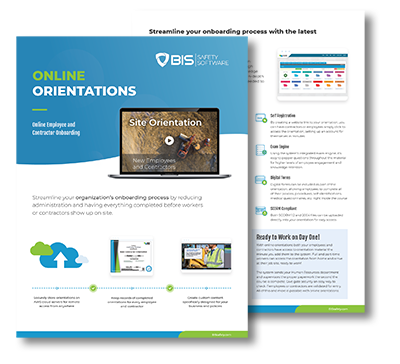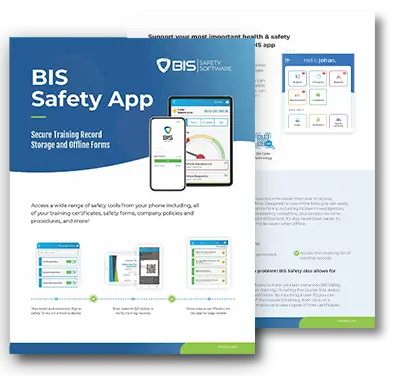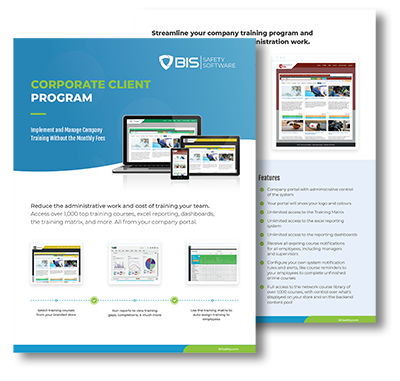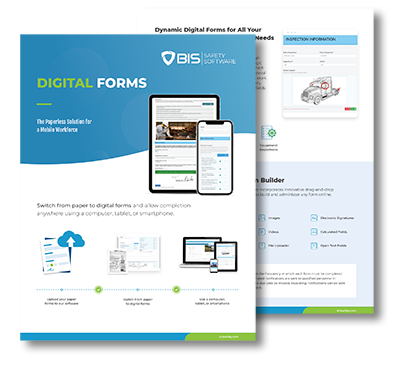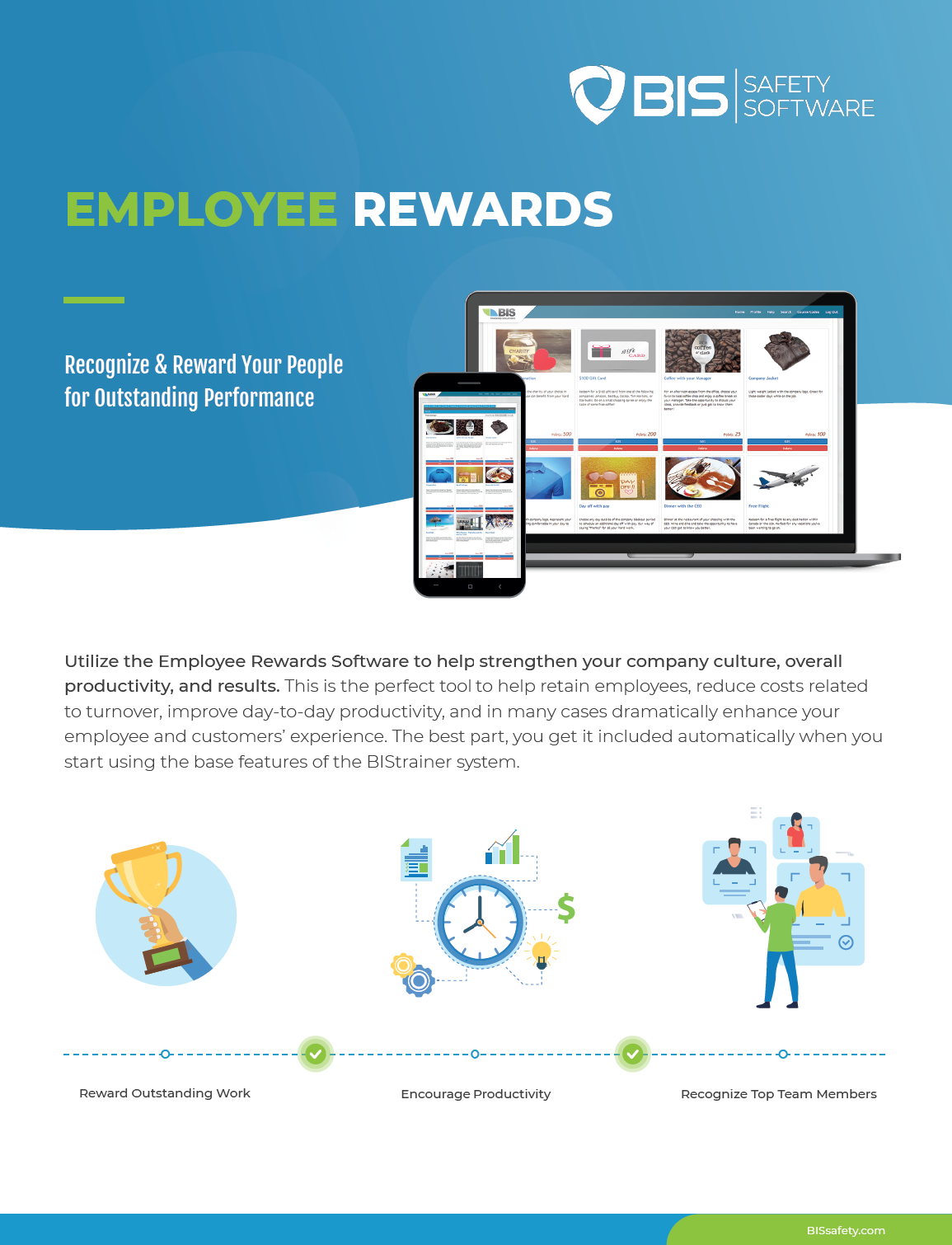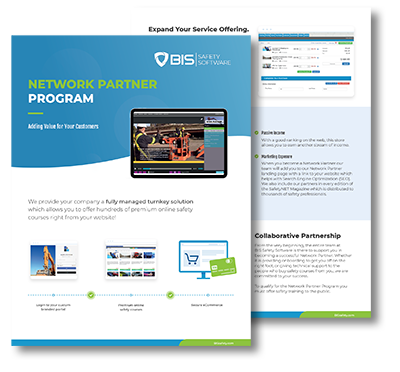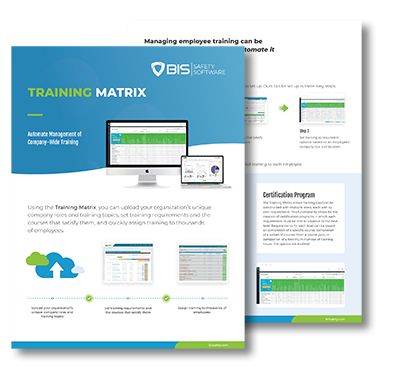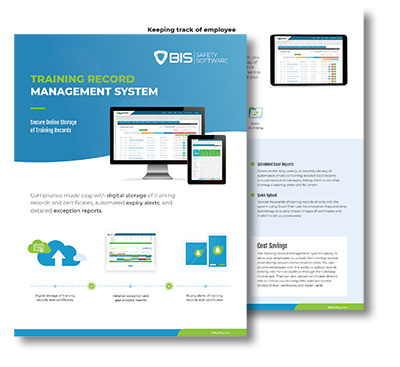
6 Must-Have Features in a Top-Tier LMS
A well-prepared team is the backbone of any efficient business. And in today’s fast-paced, digitally connected world, having the right tools to deliver consistent, effective training is more important than ever. That’s where a Learning Management System (LMS) comes into play.
An LMS helps organizations build, manage, and monitor online training programs for employees. From onboarding new hires to keeping seasoned workers up to date with evolving safety standards, it plays a critical role in shaping a skilled, informed workforce.
But not all LMS platforms are created equal. If you’re exploring your options, here are six essential features you’ll want to prioritize:
1. Real-Time Reporting & Insightful Analytics
Effective training is about more than just completion rates—it’s about measurable outcomes. The best LMS platforms include built-in analytics dashboards that offer a clear view of who’s completed what, what certifications are expiring soon, and where performance gaps exist.
Whether your team is centralized or distributed across multiple sites, you can monitor employee progress by department, role, or location. Automated alerts keep managers informed of missed deadlines or pending renewals, while detailed reports make compliance audits far easier to handle.
With powerful reporting tools, you’re able to make data-backed decisions that improve training outcomes and workplace safety.
2. Intelligent Training Matrix
Managing role-based training manually is time-consuming and prone to oversight. A built-in training matrix removes that burden by assigning relevant training modules automatically—based on an employee’s job function, department, or promotion status.
Need to ensure new technicians receive specific safety instructions based on job site conditions? A well-configured matrix can apply location-specific courses instantly. This feature is especially useful when scaling up training for large or evolving teams.
3. Secure Testing Environment
Assessments are a cornerstone of effective training. They validate whether course content has been understood and retained—and in industries where safety is non-negotiable, that understanding can be critical.
Modern LMS platforms offer secure exam tools that go beyond multiple-choice quizzes. You can incorporate scenario-based questions, long-form responses, and role-specific tests. These tools help measure comprehension in a more meaningful way and offer visibility into training effectiveness across the board.
4. Automated Certificate Issuance
Verifying employee qualifications shouldn’t require a manual process. With an LMS that generates completion certificates automatically, you streamline documentation and ensure learners have instant access to their credentials.
Each certificate should include key details like course name, unique ID, and issue date. Bonus points if the system supports QR codes for quick scanning and digital validation—ideal for field supervisors or inspectors.
5. Easy Digital Document Uploading
Keeping training records organized is a logistical challenge—especially when relying on paper files. Look for an LMS that allows easy digital uploading of certifications, policy acknowledgements, and completion records.
This feature helps reduce administrative overhead and eliminates the risk of lost paperwork. With everything stored securely in the cloud, retrieving important documents takes seconds, not hours.
6. Remote Proctoring for Online Integrity
Verifying employee qualifications shouldn’t require a manual process. With an LMS that generates completion certificates automatically, you streamline documentation and ensure learners have instant access to their credentials.
Each certificate should include key details like course name, unique ID, and issue date. Bonus points if the system supports QR codes for quick scanning and digital validation—ideal for field supervisors or inspectors.
This is especially important for compliance-based courses, where certification requires proof of attention and retention. Whether you’re training on workplace safety or equipment handling, virtual proctoring helps ensure the results are valid and trustworthy.
Why Selecting the Right LMS Matters
Choosing an LMS is about more than just checking boxes—it’s about aligning your training tools with the needs of your people and your business. The features listed above help simplify processes, boost training completion, and reduce risks in the workplace.
With the right LMS, you’ll have a reliable system in place to build skills, reinforce safety, and ensure your team is always one step ahead.


